What glory would it present if you had the chance of standing near Mount Kailash? For many, it symbolizes a spiritual passage to salvation. Our Kailash Mansarovar Yatra Guide for Nepalese Citizens is a comprehensive work tailored for the Nepalese citizens to undertake the holy pilgrimage for the reverence of the Almighty Shiva. It becomes a one-stop reference for Nepalese pilgrims as it concerns their sacred mountain journey.
Mount Kailash is regarded as a divine place considering its deep spiritual importance, where Lord Shiva and Parvati supposedly reside. Other than being a highly respected mountain for Hindus, it is also an important site for Buddhists, Jains, and followers of the Bon tradition. Alongside there is the idyllic Mansarovar Lake, hallowed by a legend claiming it was formed by the mind of Lord Brahma. So, the whole area is considered tremendously sacred. In search of emancipation, pilgrims from all around the world undertake this taxing journey to Kailash Parvat, performing Kora around the mountain as an act of devotion.
The closeness of the two shrines to Mount Kailash and Lake Mansarovar makes them more approachable for Nepalese pilgrims. This guide simplifies and assists every aspect of the pilgrimage-preparations, travel routes, spiritual rituals, and so forth. Through this blog, travelers will be proffered with key insight and inspiration so that they stand prepared to actively live through the deep spiritual meaning of this once in a lifetime trip to what has widely been considered one of the most sacred so-called spiritual sites in the whole world.
Also Read: Things to Know before visiting Kailash Mansarovar
Kailash Mansarovar Yatra Facts
Here are some facts about the Kailash Mansarovar Yatra:
|
Facts |
Details |
|
Journey |
Kailash Mansarovar Yatra |
|
Duration |
11 Days |
|
Major Attractions |
|
|
Average Altitude |
4000 m |
|
Difficulty |
Strenuous |
|
Max Elevation |
Dolma la Pass (5600 m) |
|
Best Time to Visit |
May to September |
|
Required Travel Documents |
|
Significance of Kailash Mansarovar Yatra
It is a deeply significant pilgrimage, revered by millions of followers of Hinduism, Buddhism, Jainism, and the Bon faith. This is truly a demanding yet very rewarding journey of enormous religious, personal, and cultural implications.
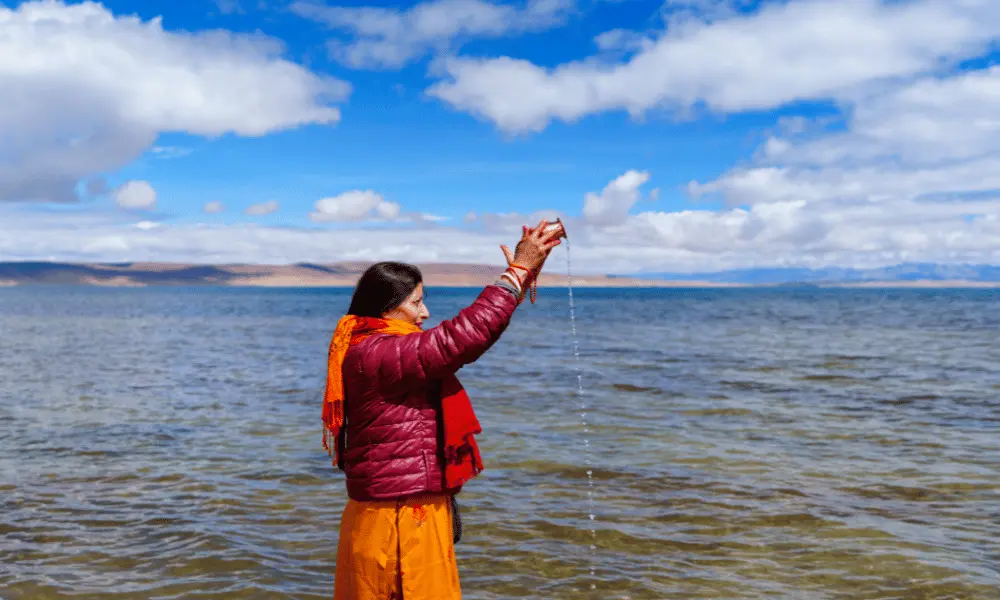
Religious and Spiritual Significance
At its heart, this pilgrimage is a spiritual quest. For Hindus, this journey is a visit to the abode of Lord Shiva, Mount Kailash, and it is believed that a dip in Lake Mansarovar washes away all sins and grants moksha. Buddhists identify Kailash as Mount Meru, the cosmic center, where acts of Kora bring good karma and aid enlightenment. Jains call it Mount Ashtapada, where their very first Tirthankara attained liberation. Bon legends maintain that Kailash is a seat of spiritual power, around which their own kind of circumambulation takes place. Ultimately, it is a trip of divine association, cleansing, and liberation.
Symbolic and Mythological Significance
The Yatra is abundantly symbolic and mythical in nature. Mount Kailash is often referred to as "Axis Mundi”, or cosmic pillar, believed to be the spiritual center of the universe where the divine meets the earthly. The mountain's distinct shape and its never being climbed status only add to the illusion. Ancient legends set inside this altar, with tales of Lord Shiva, demons, etc. only enhance the aura of greatness. Lake Mansarovar is considered pure and enlightening, and the waters reflect that divine light. Thus, the mountain and lake are supreme symbols of the cosmic order and spiritual truth.
Cultural Significance
The Kailash Mansarovar Yatra also harbors a vast cultural implication. It brings together pilgrims from various realms, thus creating a firm culture of a common community and spiritual heritage. During the course of the journey, some of the ancient rituals, like the Parikrama (circumambulation) of the mountain by foot and holy dips in Lake Mansarovar, declare faith and culture with every heartbeat. It is a rare opportunity for all to be immersed in Tibetan cultures of ancient monasteries, prayer flags, and ceremonies that further enrich the pilgrimage.
Also Read: What is Kailash Mansarovar Yatra
How to reach Kailash Mansarovar from Nepal?
Kailash Mansarovar Yatra is a revered pilgrimage to the abode of gods at Mount Kailash and Lake Mansarovar. For pilgrims from Nepal, there are several travel routes available, but the most favored one goes via Kyirong.
Overland via Kyirong Border
A road journey from Kathmandu first entails passing through the town of Syabrubesi, Kyirong, and Saga, finally leading to Kailash Mansarovar. On the way, Kailash Parikrama starts from Yama Dwar up to which vehicles are allowed. Parikrama, however, is performed on foot from there, passing through Derapuk and Zuthulpuk before they return back to Kyirong and then through the same route back to Kathmandu.
Helicopter Route through Simikot and Hilsa
For quick travel, an air route via Simikot and Hilsa is preferred. The trip starts with a short flight from Kathmandu to Nepalgunj, which connects to the next flight to Simikot. From Simikot, take a helicopter down to Hilsa, and from there, it is a road journey to Kailash Mansarovar. The way back is similar through Hilsa-Simikot-Nepalgunj-Kathmandu.
Air Route via Lhasa
Lhasa, the capital of Tibet, is a nice option, providing a more extended itinerary full of cultural embellishments. Through this route, visitors get to witness prominent Tibetan sights such as the Potala Palace, the Jokhang Temple, and the ancient monasteries. Also, it includes North Everest Base Camp on a drive, accessible without trekking. From there you will drive towards Darchen and proceed for the Kailash yatra.
Learn More: How to reach Kailash Mansarovar?
Yatra Preparation
With a yatra in consideration, the preparation for one's journey should be as careful as ever to be safe, fulfilled, and meaningful. Here are some considerations you will need to look into while preparing for the yatra.
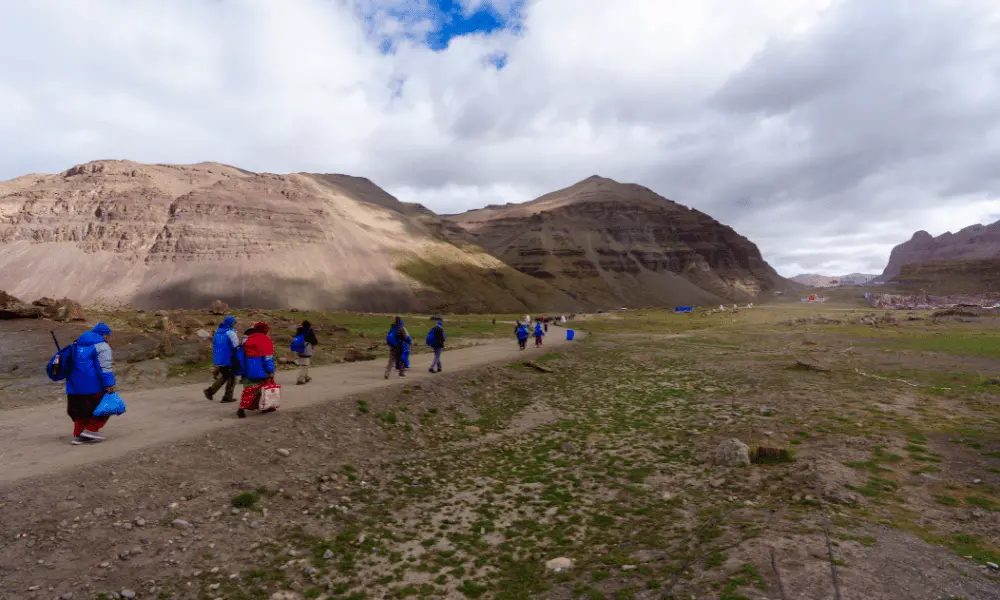
Visa and Documents
Having a passport is a must if one wishes to see Kailash in Tibet. For getting into China and to perform this Kailash Mansarovar Yatra, you must get a Chinese visa along with the Tibet Travel Permit. The secluded, restricted region of Tibet is where Kailash Mansarovar stands. The visas are issued to groups instead of just a single individual. The group visa is paper-based and is for the sole purpose of the Kailash Mansarovar Yatra for Nepalese. This visa is a must for anyone entering Tibet. Along with this, a Tibet Travel Permit issued by the Chinese government is required too. The process of obtaining all the visas and the required documentation is taken care of by a tour operator like us at the time of travel.
Health and Fitness
The high-altitude region surrounding Mount Kailash and Lake Mansarovar is characterized by harsh weather and difficult terrain, which requires one to undergo a grueling pilgrimage. Reaching here involves navigating tough tracks that require physical fitness and stamina. Not everyone is prepared to undergo such a severe procedure. For this reason, you need to keep yourself physically fit. To prepare your body for the forthcoming adventure, it is advisable to engage in some physical activities preceding the journey. Regular physical exercises and basic yoga can go a long way to build strength and endurance for this demanding trek. The more you train your body through these various activities, the more it will be able to cope with adverse weather conditions.
Learn More: Kailash Mansarovar Yatra Preparation
Kailash Yatra Itinerary for Nepalese
The Nepalese pilgrims can complete their Kailash Yatra in 10 days from Kathmandu to Kathmandu. Provided is the basic Kailash yatra itinerary for Nepalese:
|
Day 01: Drive from Kathmandu to Dhunche or Syabrubesi or Timure. |
|
Day 02: Drive to Kyirong. (2850 m) |
|
Day 03: Kyirong Acclimatization. |
|
Day 04: Drive to Saga. (4500 m) |
|
Day 05: Drive from Saga to Lake Mansarovar. (4650 m) |
|
Day 06: Drive to Darchen. (4700 m) |
|
Day 07: Drive to Yama Dwara, Trek to Derapuk. (5050 m) |
|
Day 08: Trek to Zuthulpuk. (4800 m) |
|
Day 09: Drive to Saga. |
|
Day 10: Drive back to Kyirong. (2850 m) |
|
Day 11: Drive to Kathmandu. |
Note: The provided itinerary is only for fixed group departures.
Learn More: Kailash Mansarovar Yatra Package for Nepalese
Kailash Yatra Cost for Nepalese Citizens
For the Nepalese travelers, they only have the option for group departures which costs around NPR 160000.
Cost Breakdown
Here are the details on where your budget goes during the whole journey.
|
Cost Category |
Detail |
|
Transportation |
|
|
Accommodation |
|
|
Meals |
Basic Meals (Pure Veg) |
|
Visa |
Chinese Group Visa |
|
Permit |
Tibet Travel Permit (TTP) |
|
Personal Expenses |
|
Related Read: How Much Does Kailash Mansarovar Yatra Cost
How to Book the Yatra?
Arrangements for the yatra must be made beforehand by prebooking the spots to be sure of the fixed group departures, which occur every year for Nepalese travelers. If Nepalese travelers do not want to communicate online, they could come to our office to get details. Here are a few steps to follow while booking for Kailash Mansarovar Yatra:
- Step 1: Contact us by sending an Email to KailashYatra.Travel or calling +977-9851166779 to get details about the Kailash Mansarovar Yatra. For Nepalese travelers, if you are in Nepal, you could also come into our office to inquire directly.
- Step 2: As soon as you send us your inquiry, we will provide you with all information about your trip and an itinerary that matches your preferences. You may ask us all questions or make customizations to make your trip more suited to your wishes and expectations.
- Step 3: Once you are comfortable with your itinerary, you may then proceed with your reservation. The travel dates you wish to travel and making full or advance payment for the reservation are required to book your spot. We provide a variety of payment methods for your own convenience.
- Step 4: Upon receiving your payment, we will begin making all arrangements for your Yatra, which include finalizing your itinerary, applying for a Tibet travel permit, confirming hotel bookings, and issuing a revised invoice. Other requirements will include photocopies of your passport and recent pictures of you. Once everything is in place, a confirmed itinerary, along with all other essential documents, will be forwarded to you.
Best Time to Visit
May to September is the best time to undertake the Kailash Mansarovar Yatra, as during these months, weather is suitable with clear skies and comfortable temperature. Light showers and fogs mark the onset of monsoons in July and August. Fogs and light showers, however, lend an unusual charm to the trip, with Mount Kailash getting veiled by a mystical aura.
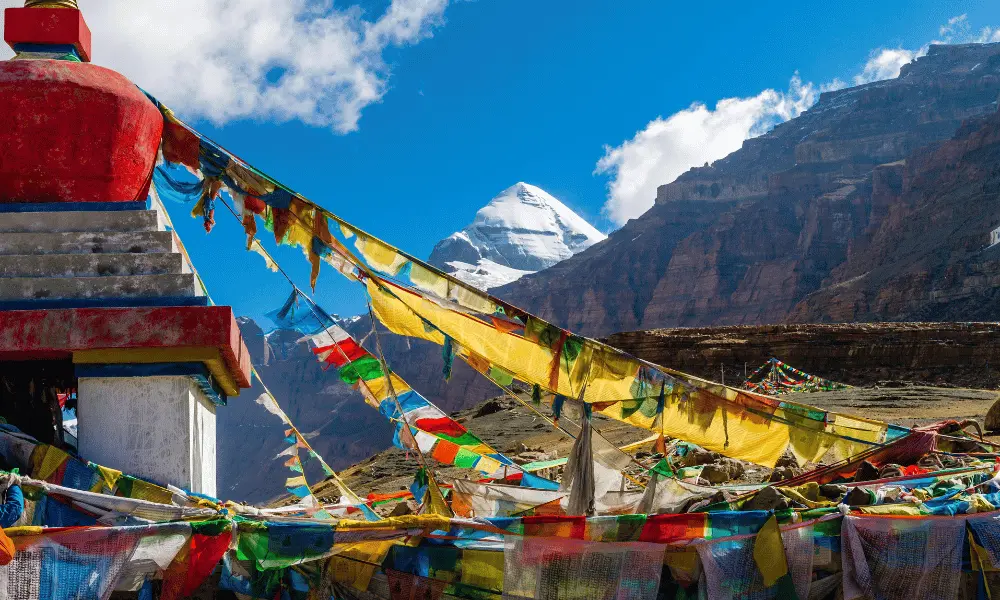
From the month of November to March, harsh winter with heavy snowfall and unreasonably cold atmosphere makes the journey greatly difficult; almost inaccessible.
|
Months |
Weather Conditions |
|
May to September (Ideal Season) |
|
|
October to April (Off Season) |
|
Read More: Best Time to Visit Kailash Mansarovar
Major Challenge of the Yatra
The Kailash Mansarovar Yatra, being considered a sacred pilgrimage for Hindus, Buddhists, and Jains, poses a number of challenges with its remoteness, altitude, and unpredictable conditions. Precautions have to be undertaken for the journey, and knowledge of the hurdles one is going to face has to be imbibed.
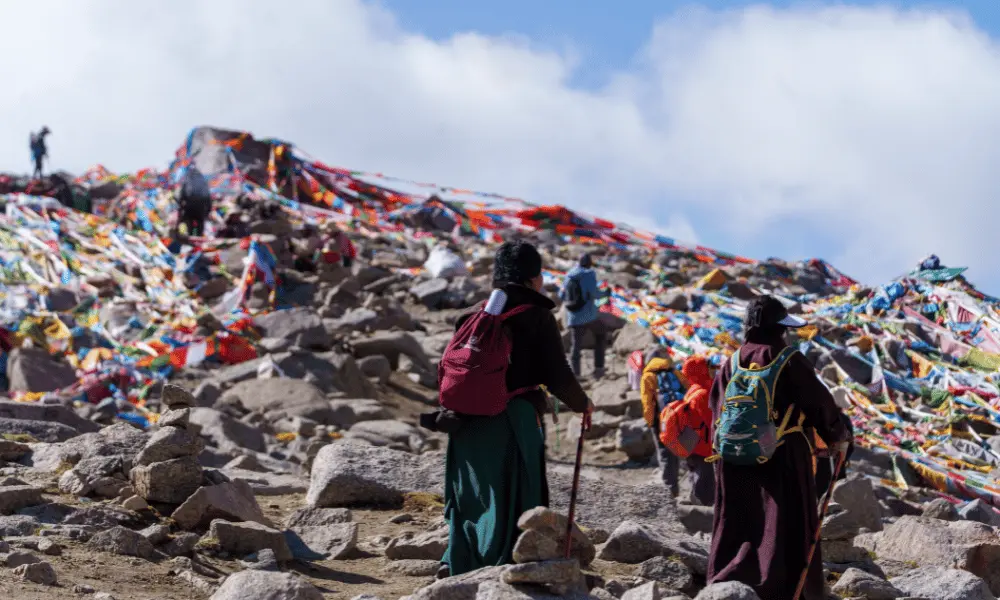
High Altitude and Altitude Sickness
This presents a major problem as you need to access altitudes up to 5,600 m. Reduced oxygen levels can precipitate symptoms of Acute Mountain Sickness (AMS) in a fast manner: headache, vomiting, and severe fatigue being prominent examples. Without acclimatization, this could be a serious problem during the yatra.
|
En Route sites |
Altitude |
|
|
Elevation |
Altitude Gain |
|
|
Kyirong |
2850 m |
1018 m (from Timure) |
|
Saga |
4500 m |
1650 m |
|
Lake Mansarovar |
4650 m |
150 m |
|
Darchen |
4650 m |
0 |
|
Derapuk |
5050 m |
400 m |
|
Dolma la Pass |
5600 m |
550 m |
|
Zuthulpuk |
4800 m |
0 |
Difficult terrain and physical exhaustion
The Yatra mostly calls for a trek through rugged and unpredictable terrain for several hours each day. Even the Kailash Kora is days of endurance. It is a tough 52-km (32-mile) rocky, precipitous, and challenging route. Pilgrims need to be fit, with considerable stamina, to face the arduous climbs and descents.
Unpredictable Weather
The usual Himalayan weather is mysterious and harsh. Temperatures drop sharply even during summer and with sudden snowfall or icy winds on the cards. During the monsoon, landslides may block the roads in the Nepal side and disrupt the journey further.
Learn More: How difficult is Kailash Mansarovar Yatra?
Travel Tips
Traveling opens new windows of experiences, new cultures, and environments. The right approach to information and planning will make your travel experience far more pleasant and comfortable. On the other hand, Kailash Mansarovar Yatra entails going to some distant, high-altitude area of Tibet. Hence it requires proper planning and awareness of travel conditions due to border crossings and very high elevations along the route.
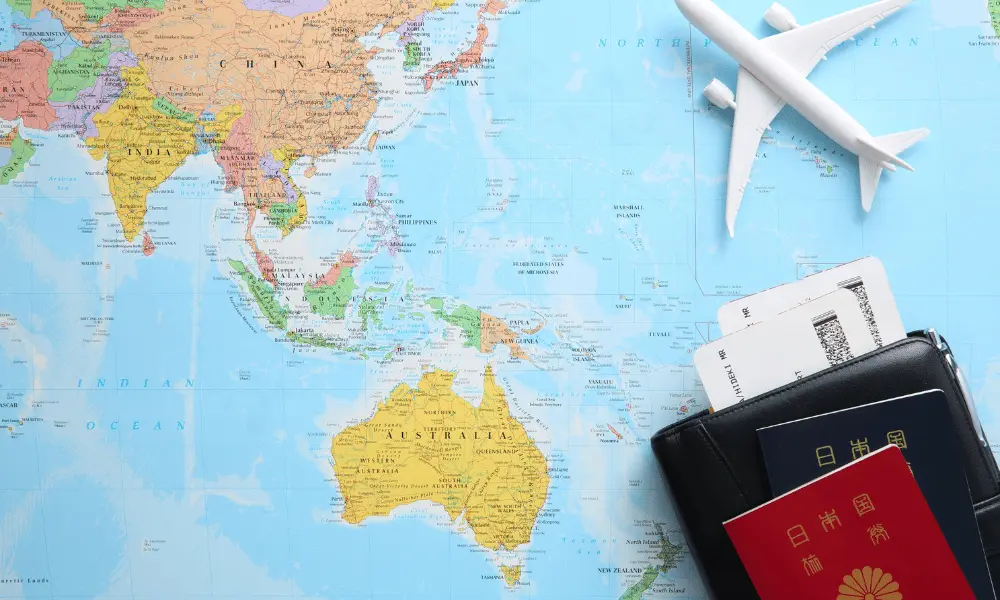
Altitude Sickness
Lake Mansarovar is situated at an elevation of 4,600 meters, and Mount Kailash Parikrama goes around the heights of 5,600 meters. At these heights, the maximum number of travelers can fall victim to Acute Mountain Sickness (AMS). Its intensity may vary; some may feel weak effects, whereas others may feel more intense effects. For those Nepalese pilgrims preparing for the Kailash Mansarovar Yatra, pre-conditioning their bodies with physical exercise and yoga on a daily basis is highly advised since a good level of physical fitness can reduce the chances of AMS. Common symptoms of altitude sickness include shortness of breath, headache, nausea, and sleep disturbances.
Currency
In order to handle money matters, it is imperative that one carries Chinese Yuan since it is the only currency accepted in the region. The exchange rate stands at roughly 1 Chinese Yuan = USD 0.14 and 1 Yuan = NPR 18.94. You can convert your money at the banks, with tour operators, or at immigration checkpoints before the border-crossing. It would be wise to carry a manageable cash amount for easing travel. Some businesses in the region do accept credit cards, yet this service is uncommon, and ATMs may be rare to find.
Transportation and Accommodation
Despite the fact that Kailash Mansarovar lies faraway in Tibet, access has, fortunately, been well set up. Within Tibet, there will be buses for traveling. Helicopter services are also available from Simikot side of Nepal making the journey quite fast with beautiful views.
During the Kailash Mansarovar Yatra, accommodation is very basic. Good hotels are available at places like Kyirong, Saga, and Darchen, while at other halts like Mansarovar, Derapuk, and Zuthulpuk, you'll get guest houses with more basic amenities.
Packing List
The Kailash Mansarovar Yatra demands proper packing given the harsh high altitude climate, difficult terrain and other challenges of the yatra. The proper packing list not only aids to overcome the challenges but also contributes to the success of the trip. Here are some significant items to be include in the list:
|
Clothing |
Essential |
Additional |
|
Down Jacket |
Sunscreen |
Small first aid kit |
|
Warm Pants |
Moisturiser |
Trekking Poles |
|
Long Sleeved Shirt |
Wet Tissues |
Sunglasses |
|
Fleece Jackets |
Toilet Paper |
Camera and Batteries |
|
Woollen Socks |
Dust Mask |
Headlight |
|
Thermals |
Sanitizer |
Powerbank |
|
Waterproof Gloves |
Towel |
Snacks |
|
Comfortable Inners |
Dental Kit |
Personal Water Bottle |
|
Rain Jacket |
Documents (Passport, Permits, Visa) and Cash |
Worship Elements |
Read More: Kailash Mansarovar Yatra Packing List Guide
Conclusion
Considered the most important pilgrimage for Hindus, the Kailash Mansarovar Yatra is a pilgrimage of highest significance for Nepalese. In this 11-day journey, Nepalese devotees will have an unprecedented point of view into the various dimensions of the pilgrimage, its religious history, and the guide routes with facilities available for facilitating a journey from Nepal. Proper steps must be followed in the planning of the Yatra. This guide presents some important logistical issues: preparation, such as getting permits, knowing about high altitude, handling physical challenges, and acclimatizing to the new environment. In short, possible pilgrims should get all information and clarity about what they will face beforehand.
Making the journey towards Mount Kailash and Lake Mansarovar is seen as radiant moments for bestowing divine blessings, wiping off sins, and settling one's mind. With more and more Nepalese undertaking this particular slice of journey, they individually strengthen their faith while becoming an active part of a living spiritual tradition. KailashYatra.Travel wishes every one of you a safe and successful journey.
Frequently Asked Questions (FAQs)
Here are some frequently asked questions regarding Kailash Mansarovar Yatra for Nepalese:
How does one travel to Kailash Mansarovar from Nepal?
There are multiple ways of getting to Kailash Mansarovar from Nepal. The best travel route for the Kailash Mansarovar Yatra for Nepalese is via the Kyirong. The route is good and accessible and also time and cost-efficient to travel.
Are the elderly allowed to go for the Kailash Mansarovar Yatra?
Yes, elderly people can join this yatra but with some caveats. It entails some physical hardships associated with traveling at an altitude exceeding 5000 m on a trek. Before the elderly participate in any trekking at such a high altitude, they should have an extensive medical check-up. Heart issues, pressure on blood, or respiratory problems or any other chronic illnesses might turn dangerous. So, an exercise or physical training session such as walking, hiking, cardiovascular exercise, and strength training should be done on a regular basis a few months prior to Yatra so that stamina is built.
How much do I have to walk during Parikrama?
The 52 kilometers can be covered in three days of trekking with overnight halts at Derapuk and Zuthulpuk. The Dolma La pass, about 5600 meters above sea level, on the second day of the Kailash Mansarovar Kora is the highest altitude encountered in the trip. On the first and third days, the trekking is in all probability by level earth; however, by far the hardest part of the yatra on the second day is climbing and descending the Dolma La Pass.

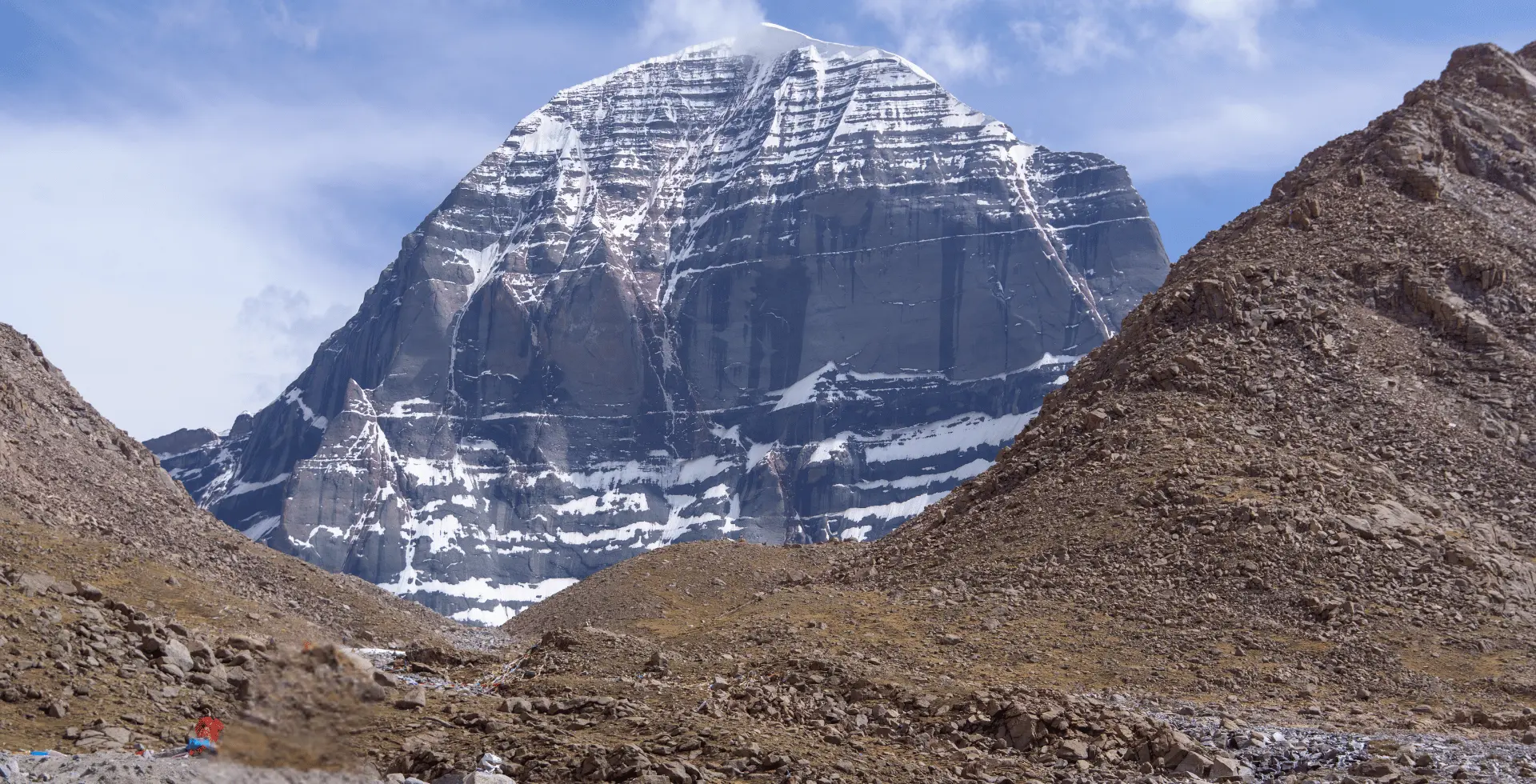
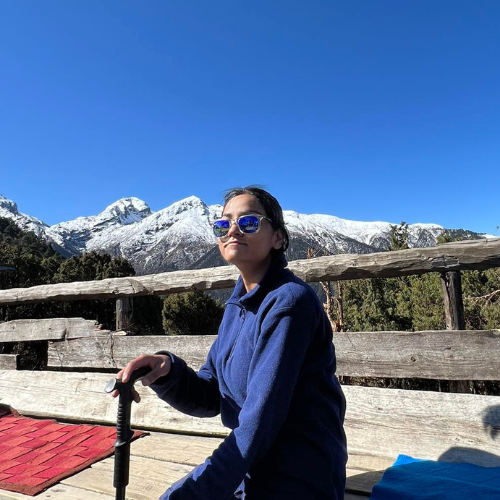 Mandira Itani
Mandira Itani